Every yacht on the water has them. Anywhere. Marine instruments. Many are made of brass, some are chrome-plated and some made of other high-grade materials. When I´ve bought my own ship, the Finnish made King´s Cruiser 33 I did find the classic triplet of Chronometer, Barometer and Hygrometer mounted at the forward bulkhead instantly at the first glance when coming down the ladder into the saloon: Sounds familiar? Well, with my yacht, it´s a pity: The clock stalled a long time ago, the Hygrometer shows 90 per cent all the time (apparently it´s broken as well) and if the Barometer works is not of concern for the 150 miles transfer-cruise from the Baltic Seas to Hamburg will be covered in three full days under a steady high-pressure system with nice temperatures and no precipitation at all. Anyway, having these brazen instruments does seem to smoothly trigger something …

I start the work on my refit-project of this 40 year old classic IOR-sailing yacht with completely emptying the boat and so the three aged instruments end up being stored deep down in a cardboard-box in my basement. Doing a full-scale physical inventory of all the stuff I´ve acquired with purchasing the yacht the re-appear and I do take a closer look: The instruments are made by Wempe. Their look is worn down. But ignoring the more or less advancing corrosion of the instruments I try to save them by applying a pro-polish (read full article here), but it´s worthless: Too much of the brazen stuff is already gone. Surprise: The Chronometer is still working. But behold: Wempe? It´s a brand with a familiar sounding name. Doing a quick research online there´s the confirmation: Wempe is a Hamburg-based brand. Since I will need new instruments for the refitted SY OLIVIA in any event I ask if the people at Wempe could spare some time for me to tell me more about marine precision instruments, Chronometers, Barometers and Hygrometers, their roots and their nature of service on a sailing vessel. Julius Kaiser of Wempe is quick with his positive response – my day at the firm promises to be exciting and informative.
Wempe Chronometerwerke: 150 Years of Success
Wempe was founded back in 1878 at the shores of the upper course of river Weser in the small German town of Elsfleth – back then as a watchmaker and jeweler. Utilizing the big street-facing windows of his aunt´s house, Gerhard Wempe builds his success upon craftsmanship and high quality, quickly expanding to Oldenburg and accomplishing the big leap to Hamburg – marine center of Germany. “It was during the times of the Industrial Revolution”, Julius Kaiser says, “and there was a general atmosphere of departure. During those times the German Reich was enlarging its merchant fleet drastically and the turn of the century brought the breakthrough for Wempe Chronometerwerke Hamburg at last.”
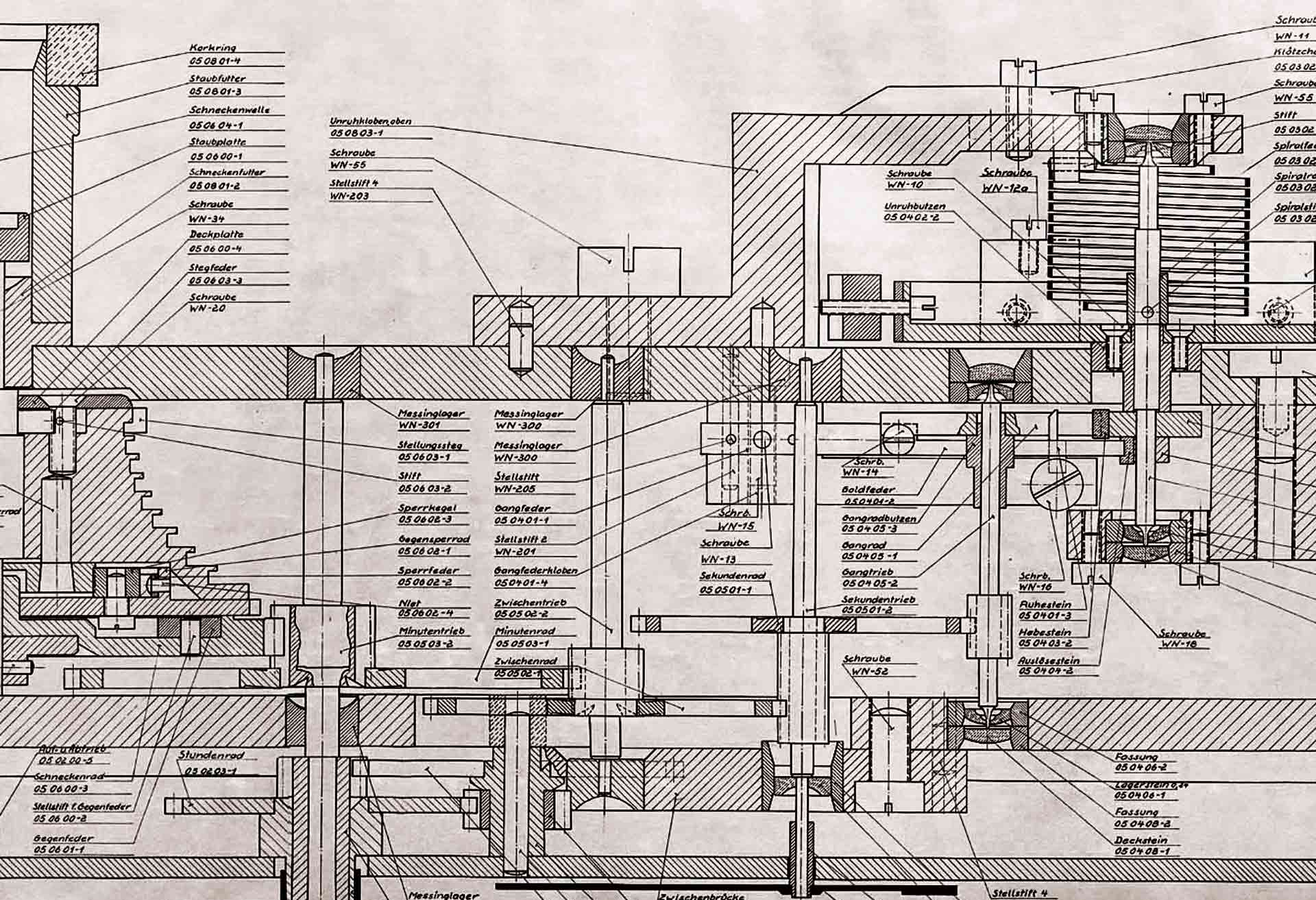
Already 1905 mighty merchant shipowners of Bremen and Hamburg united to found the Chronometerwerke – the manufacturer of Chronometers needed in every ship for precise and sound navigation. Up until then all Chronometers – which are basically very precise watches – have been made in England: “Apart from the rising political and military tensions between the British Empire and the German Reich which had been making it more and more difficult for German ships to acquire Chronometers, it was simply a very expensive process and cumbersome to have English products installed aboard a ship.”, Julius says. In case of maintenance of a Chronometer it had to be removed from the ship and sent to England where the work has been carried out. The whole process could take several weeks until the ship´s clock would return to the ship. When there was no spare clock this would mean that the ship was tied to the pier and couldn´t earn no money at all. So, operating for ore that 30 years successfully the Chronometerwerke had been acquired by Herbert Wempe, then in charge of Wempe, in 1938: “His plan was to secure the know-how of the best watchmakers of their times especially for his own production of ordinary wrist watches.”, Julius Kaiser concludes.
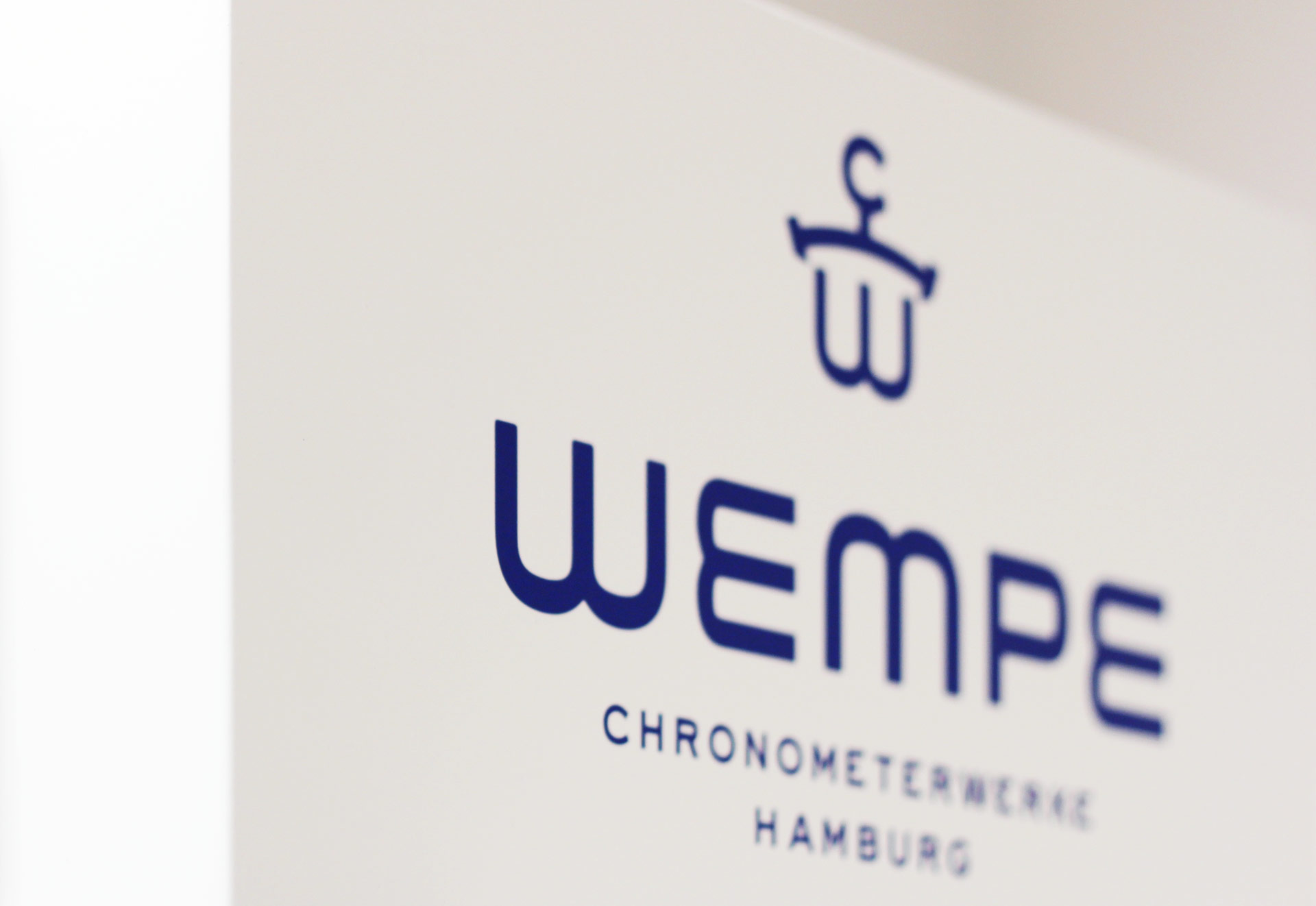
“Today we are still manufacturing ship´s clocks, Barometers, Thermo- and Hygrometers and we maintain a branch leader-position which makes us very proud.” Employing up to 800 staff members worldwide Wempe is a player in the market. Wempe instruments are aboard many cruise ships: “In fact we are the industry´s number one in this field.” Despite these facts, the firm is still owner-managed in the fourth generation: “We are a traditional Hanseatic classic firm practicing good stewardship of producing high quality with motivated staff. It´s a family-business with an extraordinary capability to adjust.” Time-Measuring-Systems for big ships is a core discipline for Wempe, server-run high complex installations utilizing latest technology. I am nodding towards my own three old instruments and talk about recreational sailing and yachting.
Skipper´s Basics: Which Marine Instruments belong aboard a Sailing Yacht?
Julius Kaiser – being an enthusiastic sailor on an X-41 by himself – has a clear view on that: A responsible skipper keeps a thorough ship´s logbook of which local weather information are a vital part. “Because of that a sailing yacht should at least be equipped with two instruments: A Chronometer, or a precise ship´s clock, and a Barometer.” Which is perfectly clear: Even in our modern times with Navtex, WiFi in marinas and the possibility to receive precise satellite pictures and accurate weather-charts and Grip-sheets almost everywhere on our planet it is of no question that tracking the local weather is a matter of course: “On longer cruises it should be self-evident to note all two to four hours the barometric data.”, says Julius Kaiser: “Despite the fact that all electronic devices and services can break down any moment it is simply a very fast process to determine a local weather forecast by looking at barometric figures, temperature and wind forces.”

Thermometer and Hygrometer – temperature and air moisture measuring instruments – are not of immediate need on a sailing yacht, it has something to do with personal feelings: “The temperature of a boat´s interior as well as air moisture are of concern for the comfort of the passengers but not a safety feature because these instruments do not put out the outside data.” Having those would have a mere decorative effect. Of much more concern, according to Julius, is the exact time. “That is because a ship´s clock has to be a very precise clock. They are independent from external sources. To have an exact time displayed on one particular device is very practical because all passengers and crew members will have to adopt this very time – not their individual watches.” Although, Julius says, most of today´s Chronometers are just very precisely running Quartz-watches and not Chronometers in their very own meaning.
The Longitude Problem: Fascination Chronometer
That is truly nothing new to anyone who is interested in marine topics or a sailing skipper by himself: Navigation is the key to seafaring. That´s as evident for today as it was in the past. In modern times when navigational information may be obtained in real time and displayed conveniently on high-res watertight plotter screens, spiced up by GPS- and AIS-data, having autopilot-systems steering our yachts most of the time it is barely imaginable how “artisan” navigation has been done in the Golden Days of Sail. It was an art mastered by the best: “I don´t want to give a lecture on the specific topic of celestial navigation here”, Julius Kaiser says, “but thus much for now: In the past as it is for now you need an exact time. But clocks have been huge and expensive, so huge and expensive that they have been filling large rooms in the church spires. Too big for a ship. So on sailing ships they used hourglasses which ought to have been switched every half an hour. The crux was, these hourglasses have been way too imprecise for navigation.”

Until the longitude problem was solved, a ship´s master could only determine the latitude of his vessel: It was common to sail to a certain latitude and then keep eastwards or westwards until one reached another shore to follow it´s coastline. The whole navigation relied solely on dead reckoning. “The true reason for helping England to become the ultimate and undisputed sea power enabling the Britain to obtain the largest Empire of the world was the invention of the Chronometer”, Mr. Kaiser tells me: “When in 1714 the Queen of England offered a prize to anybody of the Empire´s watchmakers who would be able to build a handsome and precise device to fix the exact time onboard a ship. Financial incentives existed back as early as 1598. Finally it was the ingenious John Harrison who solved the problem: He invented the first ever and prohibitive expensive Chronometer.” As it was said earlier: It was not until 1905 when this monopoly on precise timing has been broke through in Germany.
“The DNA of our firm: Highest demand on Precision and Quality.”
“This is what even today guides our company´s actions”, explains Julius Kaiser: “We take pride in our products known for their precision.” All of the German Navy´s Chronometers are made exclusively by Wempe, still today a lot of merchant shipping companies employ Wempe-products and like in the past days even today Wempe invests a lot in educating and training the own workforce to the highest level to keep standards high and aim even higher: An apprenticeship to a skilled watchmaker is unique in the whole industry. “Despite the fact that most of the mechanical Chronometers are substituted by digital devices we do produce them still today. Our so called “Glasenuhren” are very high-priced and the lot size extremely limited, making them a bit over the edge for the ordinary yacht skipper.” But as for the mechanical watches, digital clockworks in nowaday´s Chronometers are Made in Germany with high grad Quartz-technology, even the entry products with a reasonable pricing have high grade clockworks made by Seiko of Japan. “We want to serve every market segment but we do not make compromises in terms of precision and quality.”
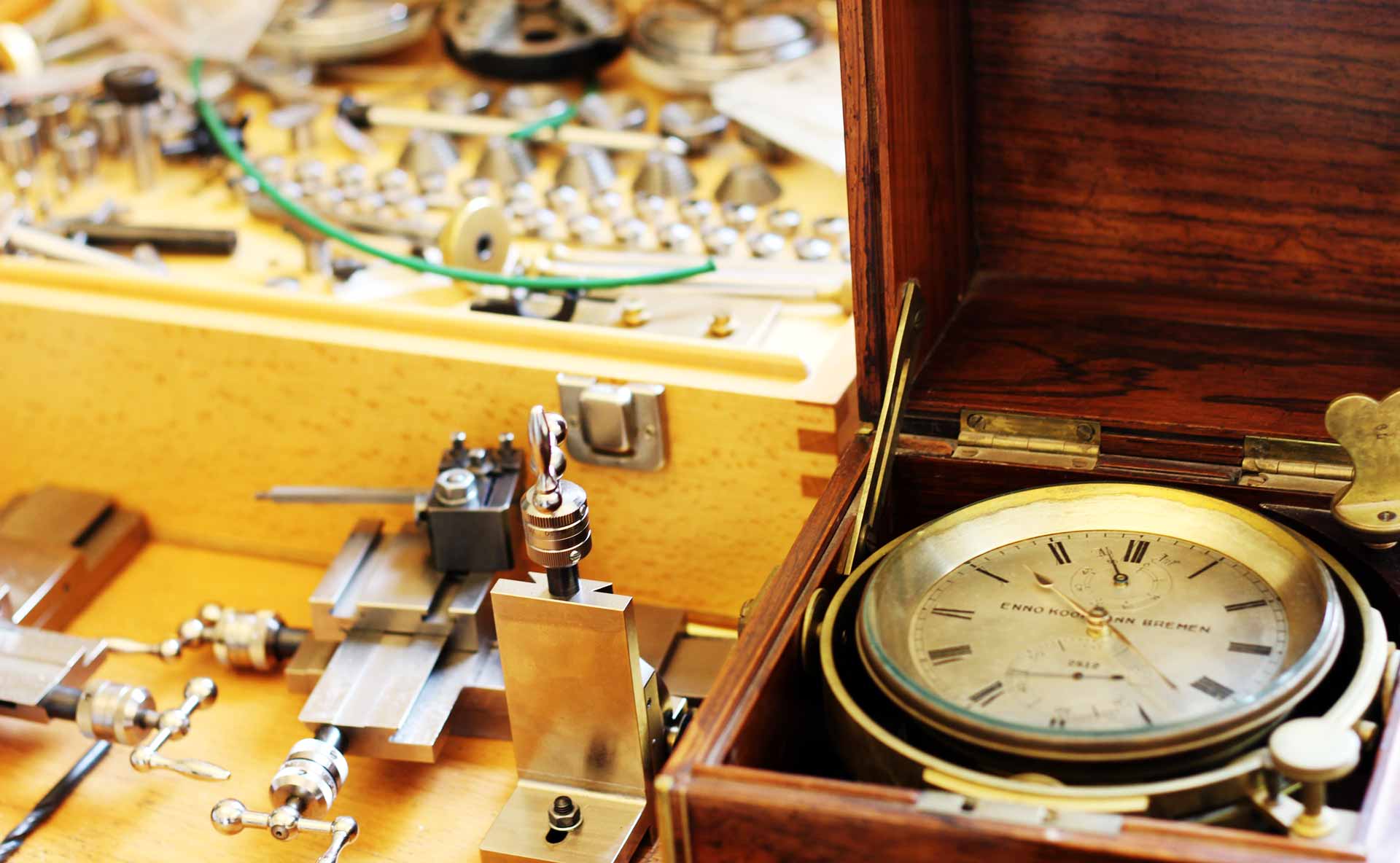
I do ask how a product is developed or how and by what means a product like a marine Chronometer evolves over time. “Well, because of the fact that principally every product like watches, Barometers and other stuff do incorporate exactly running mechanics and digital components there is a very small margin for development in this field”, says Mr. Kaiser. But pointing to the design aspects he goes on: “Most of the developments take place in terms of changing the face and style of the products themselves.” Besides the classic instrument range made of brass another style – chrome plated instruments – gain their share of the sales: “Since recent years we observe a rising interest of our customers for faint anodized black and silvery designs to which we reacted in creating our most modern product line.” Despite the fact, as Julius Kaiser says, that some 30 to 40 per cent of Wempe products won´t be installed aboard a ship but in private houses or flats.
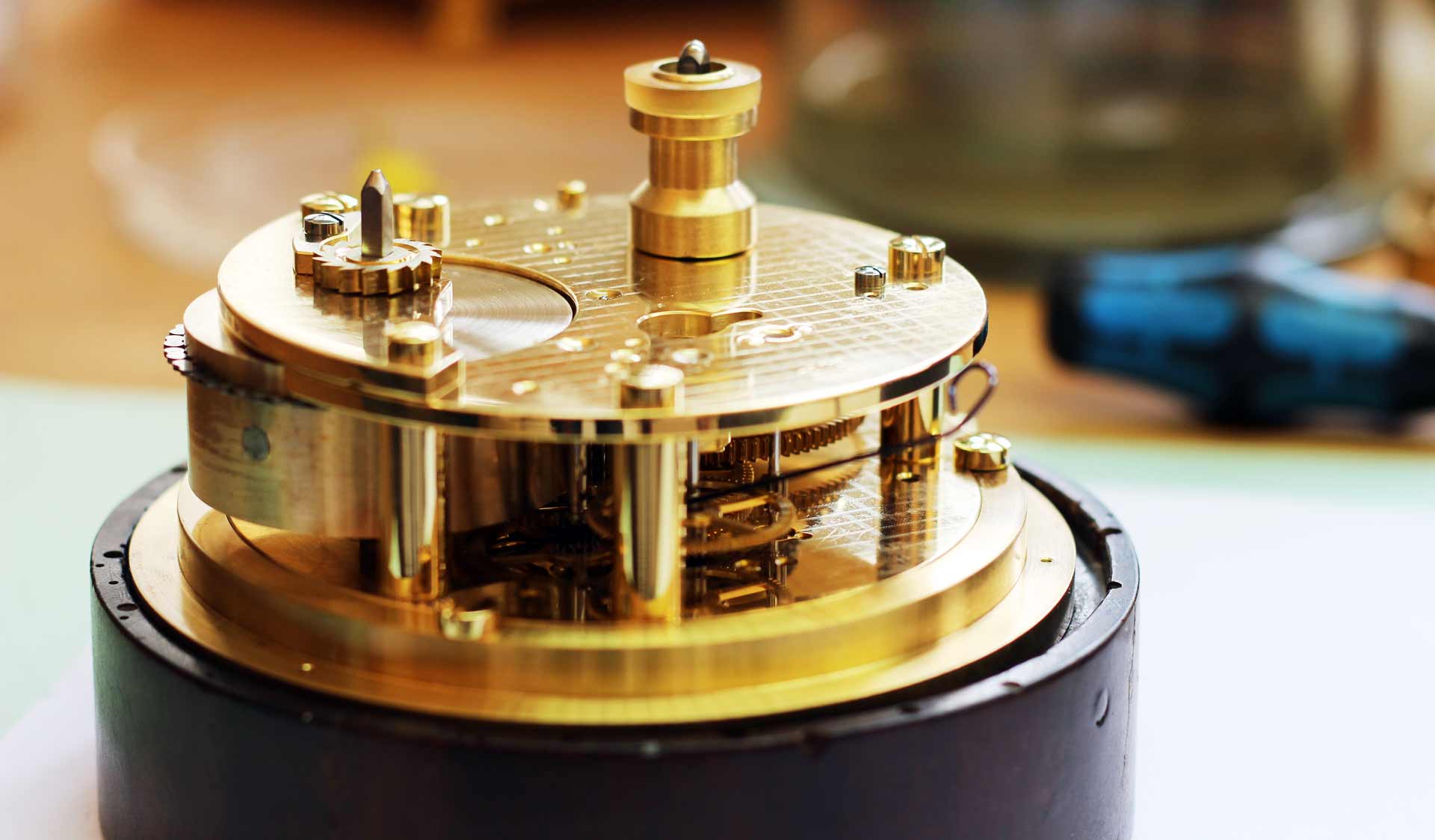
“But that of course doesn´t mean that we just have designers working here who don´t know what a sailor or skipper out there really needs and wants.” Julius talks about the close relationships to both the professional shipping industry and the big who-is-who of the yacht-builders: A very prolific partnership with Swedish yacht builder Hallberg-Rassy (here´s a review of the marvelous HR 412 and HR 43 and an interview with Magnuy Rassy on Scandinavian Sailing Philosophy) or close ties with the German Hanse Group are the source of a constant productive dialogue: “I wouldn´t go as far as to claim that we would especially design our instruments for a certain brand but we do listen very carefully what our industry partners tell us and what the feedback of the big yacht brokers on our products is like.” It is a matter of course that Wempe-staff attend the big boating fairs: “A number of well known brands and yacht builders do have our Wempe products in their catalogues listed which makes us very proud.”
Navigator, Pilot or Skiff: Wempe on board a Sailing Yacht
Back aboard my own yacht: Matching the if anything but slim cruising kitty of SY OLIVIA does Wempe´s Skiff-line. “Skiff and Pirat are the entree products to the world of Wempe if I´d call it that way.”, says Julius Kaiser, “The are the top-sellers and are the favored choice mostly for owners of GRP-classic yachts such as your King´s Cruiser 33. Besides, the pricing is very attractive and you really get a high quality product.” Skiff and Pirat instruments range from 180 to 200 Euros. They do measure some 110 mm in diameters and are a perfect fit for smaller yachts of up to 35 feet by not dominating the rather small saloons. “We offer the Barometers and Chronometers in classic brass and for people opting for a more restrained design we have the chrome-plated styling as well.”
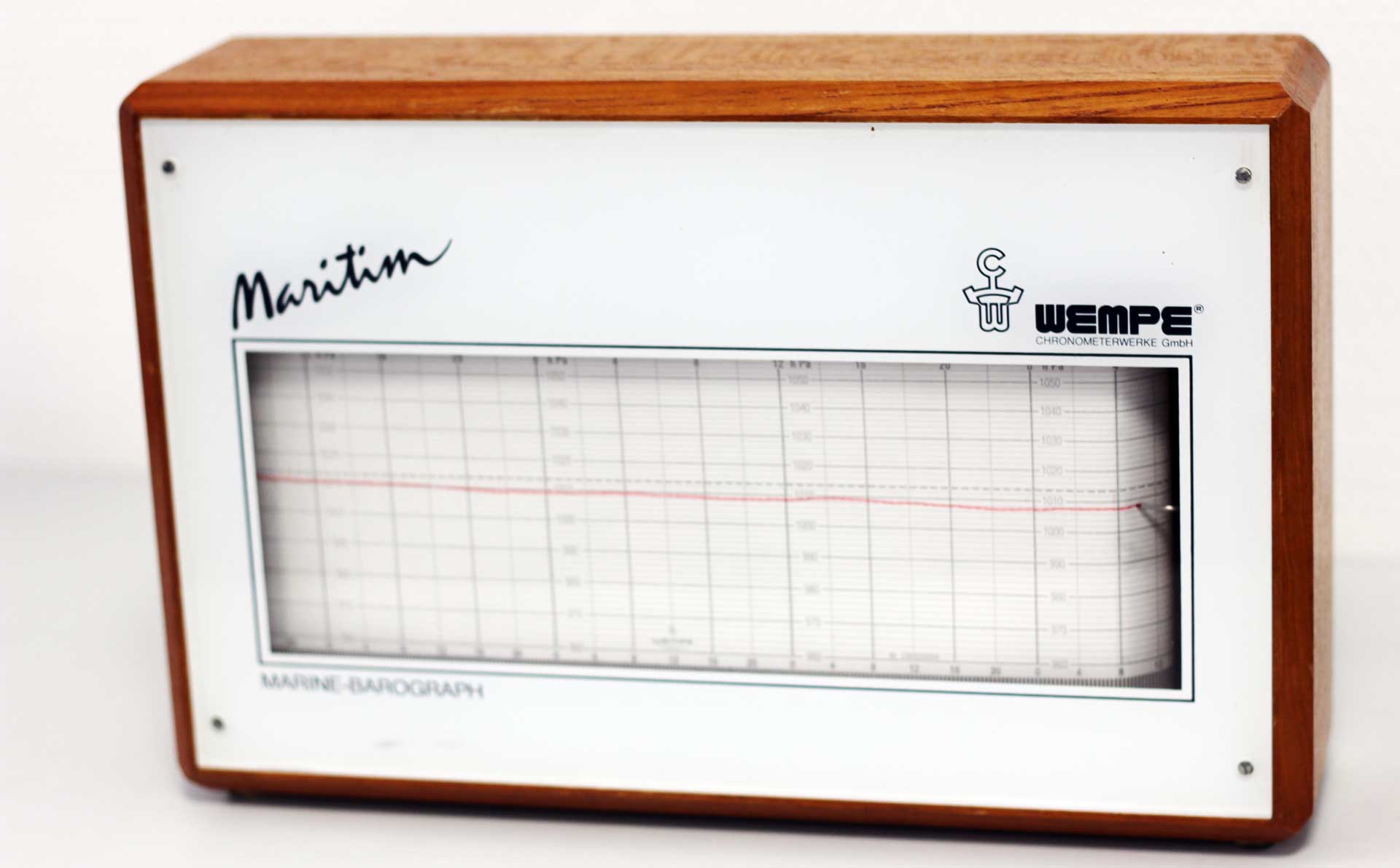
For a more pretentious standard and a rather bigger purse Wempe offers the Cup and Nautik-lines and products of the Pilot-series: “We do have the Pilot-series in four different styles by now and this is our absolute top-seller I can say”, says Mr. Kaiser and shows a Chronometer: “Speaking of Germany these products sell very good and – as I said – chrome plated is on the rise, brass has its lovers like always.” Price tags of 200 to some 300 Euros per instrument are in the middle-range but unfortunately out of question for myself: Wanting to have installed three instruments again in my own ship that’s a total of some 1.000 Euros …
“But really exciting is this …”, says Mr. Kaiser and opens another heavy box right before my eyes. Behold. Grasp. Take a breath … that´s a true beauty!
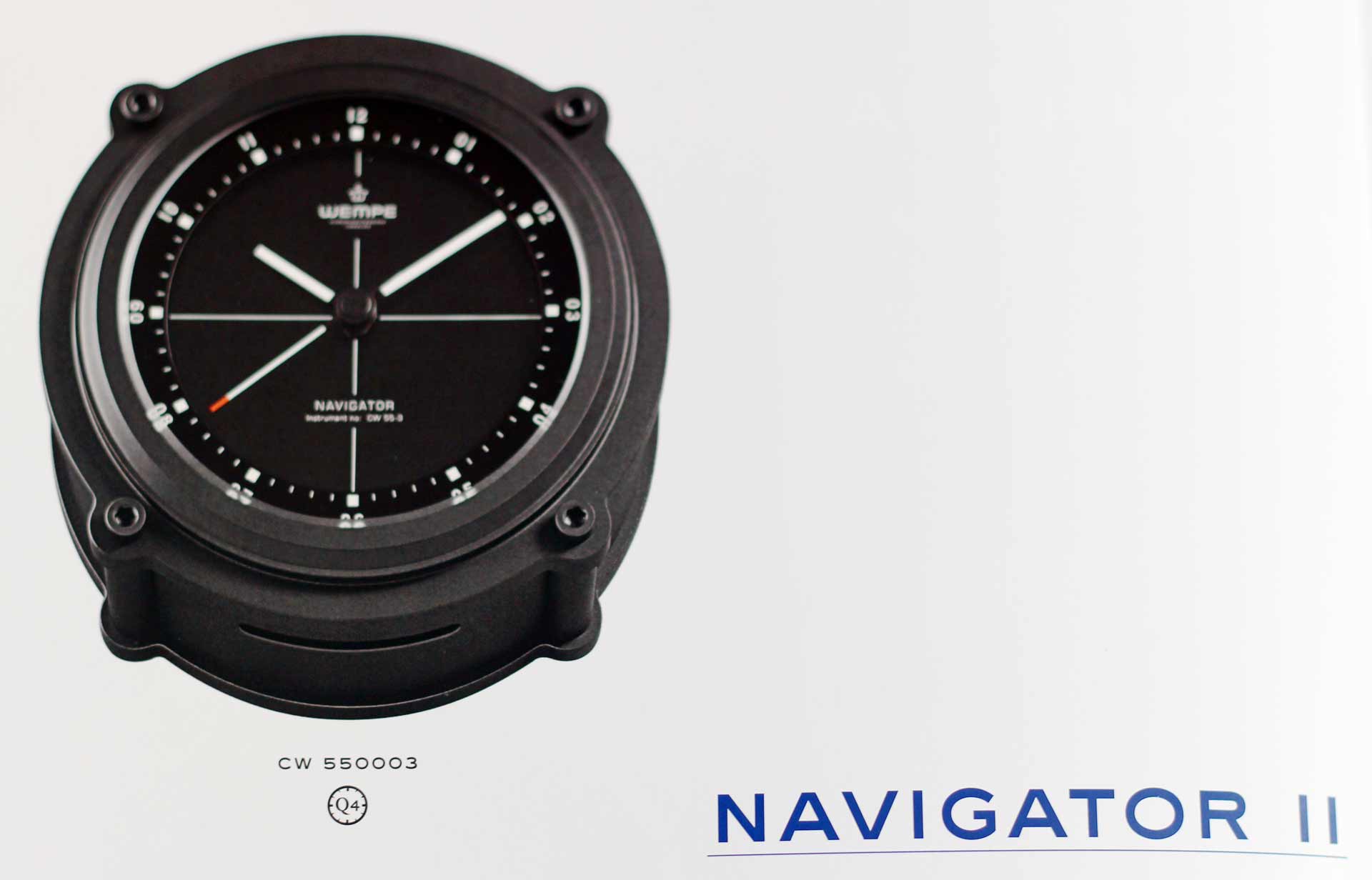
“This is it.”, he talks a bit more gently: “The Navigator II.” The case is milled out of a solid block of aluminum, then brushed and afterwards either anodized matt-black or nickel-plated. The instrument is heavy, diffusing significance and conveying an atmosphere of aerospace technology, the charme a crossover of Batman with Stealth Fighter: “That is the big thing for big modern yachts”, says Mr. Kaiser. The exclusive Navigator II starts at some 2.000 Euros – sure no alternative for SY OLIVIA, design-wise as well. Nevertheless, looking at this instrument is pure joy and eye-candy: “In this Chronometer all our craftsmanship and expert knowledge comes to life. This is – apart from our mechanical bell clocks – the best what Wempe Chronometerwerke Hamburg can offer.” Often copied, even counterfied, but never matched: “They simply cannot do it.” He smiles.
How to care and maintain marine precision instruments.
Well, looking at my budget it’s the Skiff or Pilot-series I am looking for: Next to the attractive pricing it’s the design of the black clock face and the discreet chrome plating which will match perfect to my new LED-lights I am going to have installed on my own yacht (which can be read in a thorough article on LED-lighting on sailing yachts here). But to have nice looking instruments in another 40 years to come and the future owner of SY OLIVIA won´t have to buy new ones I do ask how to maintain such instruments: “Well, generally speaking our products are very robust and even the brass is covered in a special layer of varnish protecting it from the corrosive salty atmosphere on the seas.”
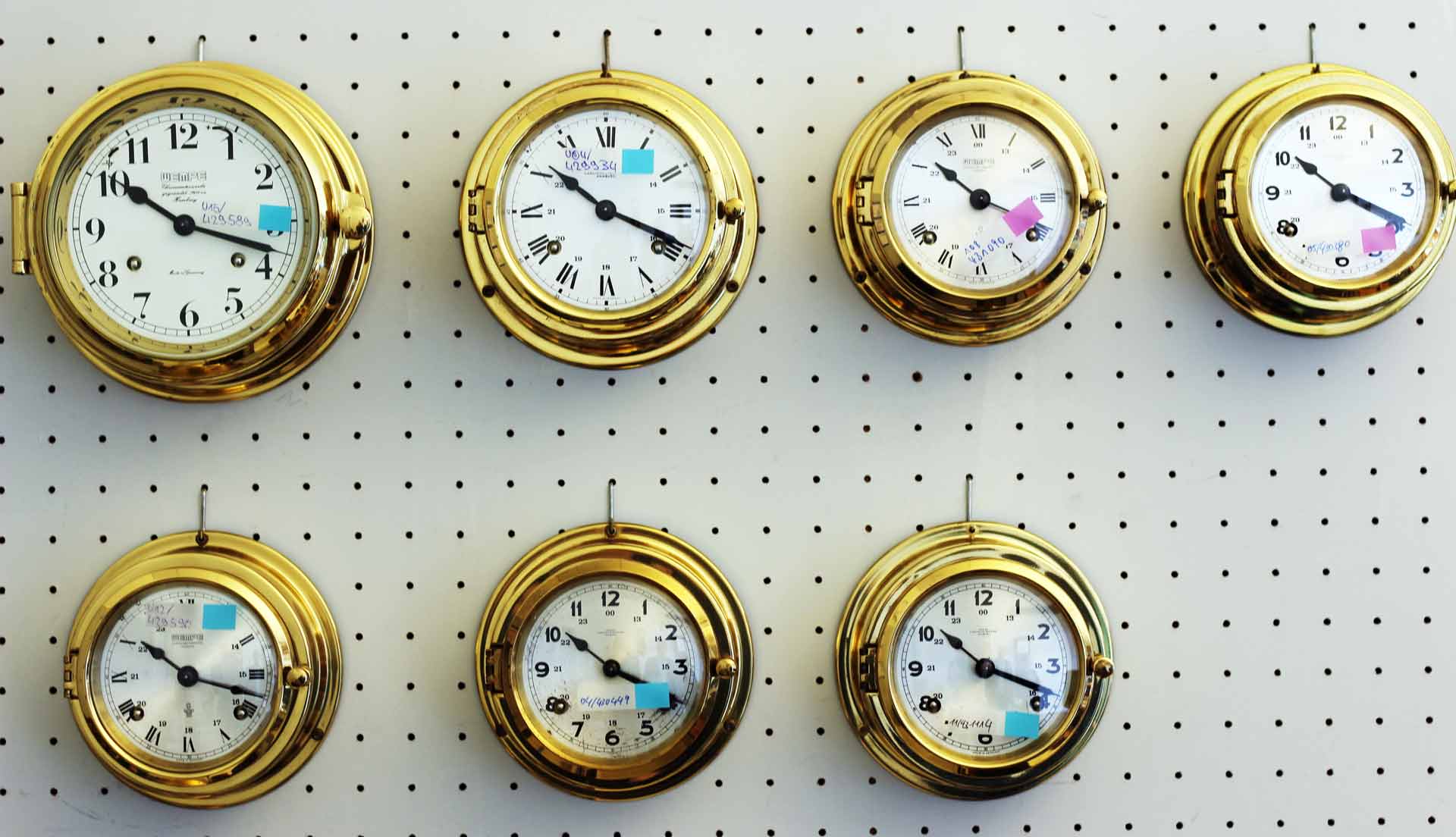
In the end, according to Julius Kaiser, a brass instrument is much obliged when after a long cruise it will be wiped with a sweetwater-moist cloth. That prevents the salt to form a solid crust which will over time destroy the plating. “When sailing season starts I would broom the instruments with Ballistol or a special polish which adds to the protective shield.”
A very special Service
Looking at my own instruments I fear they cannot be refurbished. Too much has been eaten away by corrosion by now: “Anyway, you could send them in”, says Julius Kaiser, “because we do maintain our products as long as you own them. We offer a refurbishment and if this is too expensive or ineffective there will be an alternative offer for a new one. As long as you live and – more so – as long as our products exist.” We enter the workshop for the watchmakers to have a look at the service: I do witness open clockworks, spare parts and a lot of posters depicting the functions of every Chronometer – every watch has its own process slip making it possible to track down every step taken and by whom. Chaos made organized. Some watchmakers take a short notice of me, nodding and saying Hello, quickly returning to their fine mechanical works. Is it worth to send in the products?
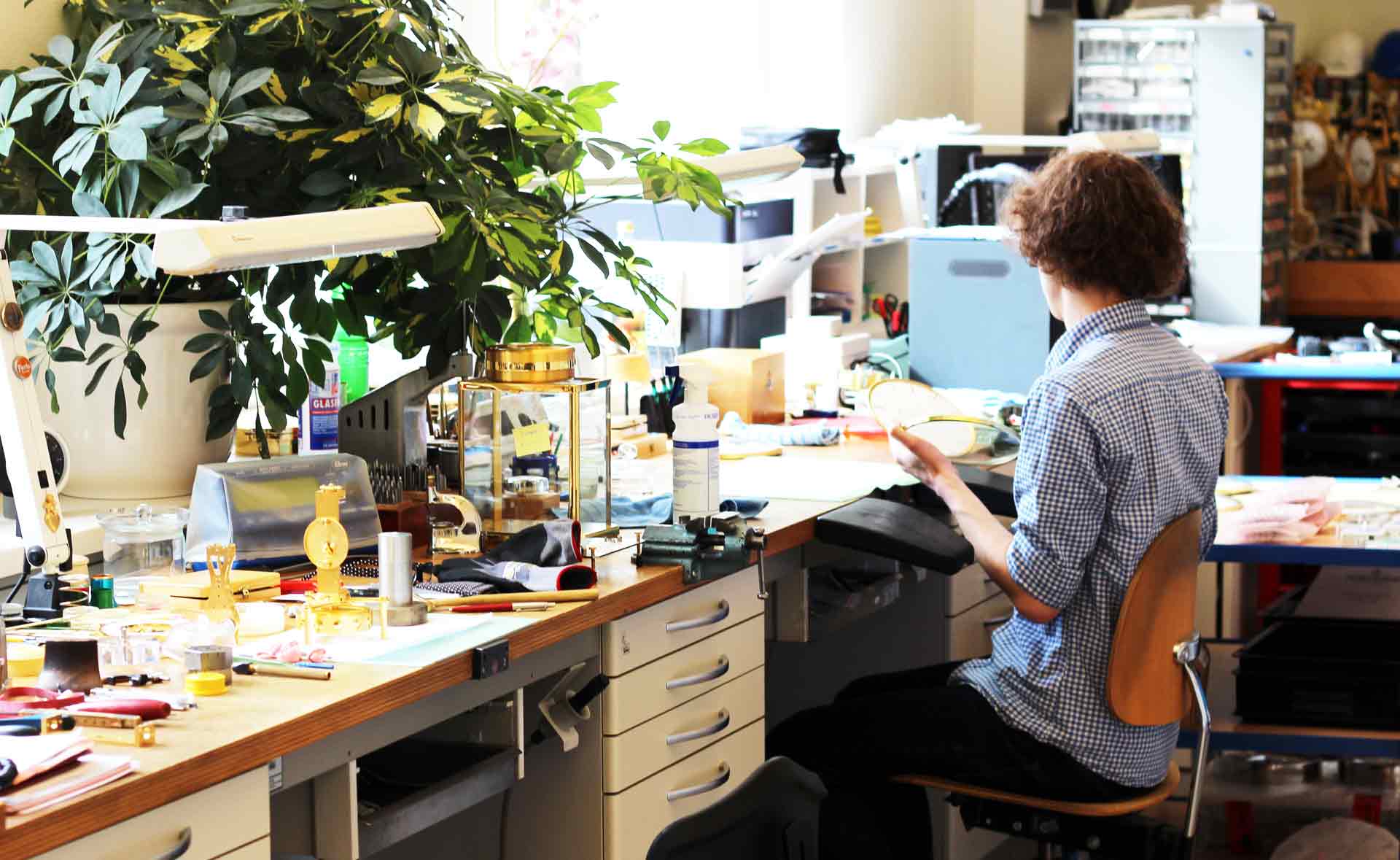
Julius Kaiser tells a story: Not long ago Wempe received an old Navy Chronometer. “It has been sent all the way from Brazil. Attached to it was the question if we could tell something on the Chronometer´s history. Since we do have a file on all military Chronometers we could tell the young man every ship this Chronometer served upon, helping him to make his family history a bit clearer.” Wempe maintains a large stock of spare parts for products being built as early as the Seventies, many other parts for even older instruments can be built exclusively. Since the German square rigged sailing vessel GORCH FOCK is docked right now for a bigger maintenance I do ask if Wempe is aboard this ship as well: “Of course, yes. There´s a good chance of having some Wempe-staff raming the decks right now on the wharf there.”
The Future of Marine Instruments
What will the near future bring, the last question to Julius Kaiser: “Well, concerning yachts and recreational vessels we follow what every way the boatbuilders will go and how the demand of the costumers develops. I guess it will be more a question of design than of function but naturally we cannot know for sure.” Mr. Kaiser is excited by the booming motor-boat sales though I am wrinkling my nose a bit: “Owners of motor-boats more and more want to have instruments for outside use. They ought to cope with a lot more water, spray and condensation. This is something we definitely work on very intensive.”
Even more exciting is the professional seafaring according to Mr. Kaiser: Since years modern timekeeping systems employ IP- and network-based technology, an holistic approach to shipwide-timing systems are the pinnacle of development at Wempe. “Our systems do for example run a lot of functions on the big ocean liners and cruise-ships such as air conditioning, lighting or messenger-systems. When you look at how many time zones a cruise liner will cross that´s a huge thing.” Also scientific research vessels such as the climate research ship POLARSTERN employ Wempe-technology: “Experiments and lab-times can be timed to a split-second and run precisely because connected computers and other devices will be timed by one single central system.” Sounds like Star Trek? Open your eyes on your next cruise …
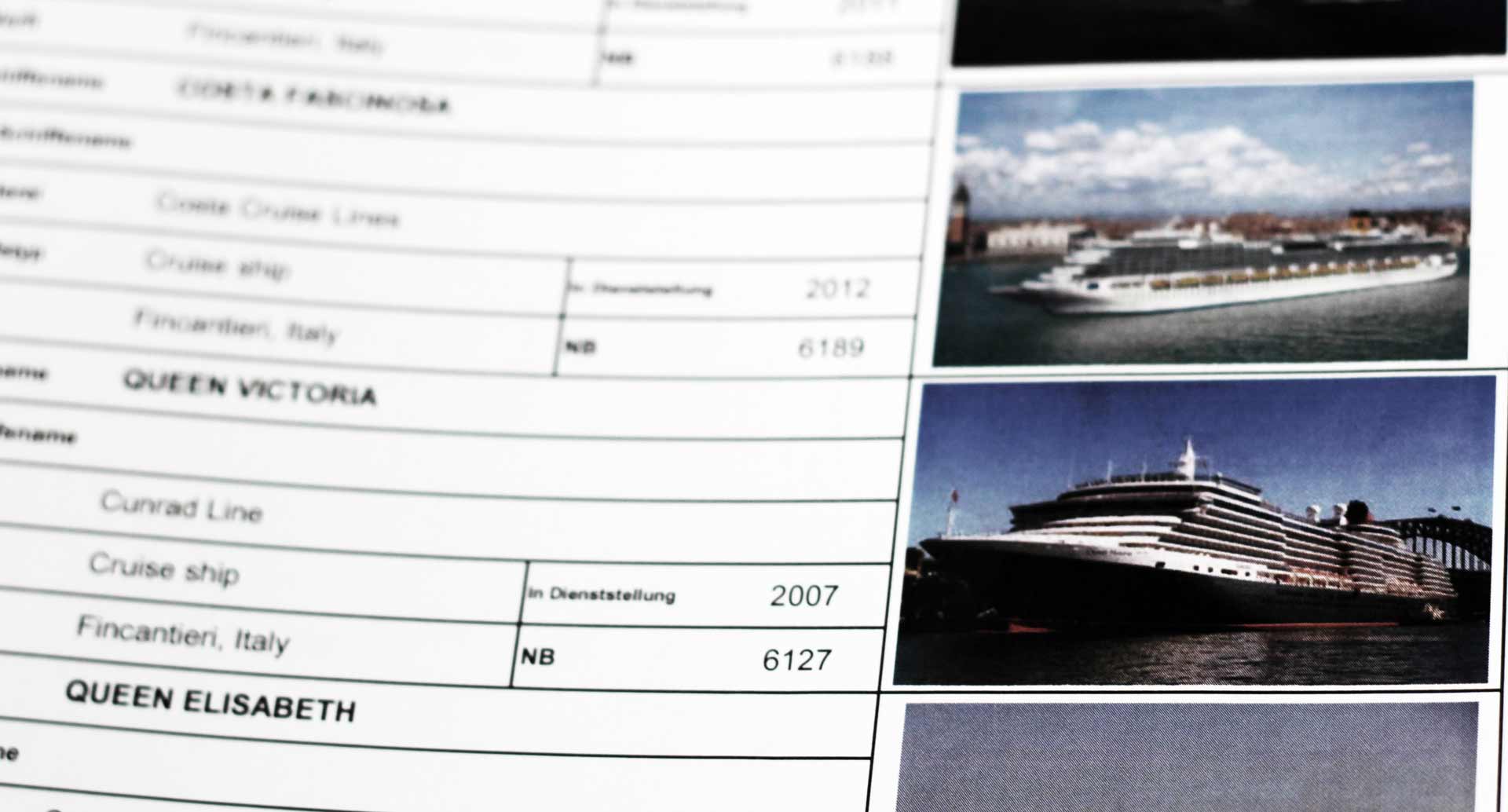
Saturated with a lot of exciting insights I thank Mr. Kaiser and leave the Wempe headquarter near Hamburgs famous “Speicherstadt”: What a great city, I think to myself praising Hamburg for it´s maritime heritage. So many stories some 10 minutes subway drive from another, thinking back to my last meeting with another Hamburg marine classic, SECUMAR Lifejackets and looking forward to my next adventure …
Many thanks to Julius Kaiser of Wempe Chronometerwerke maritim especially for the great day and especially for giving me the book “Longitude” on the story of John Harrison and the first Chronometer.
